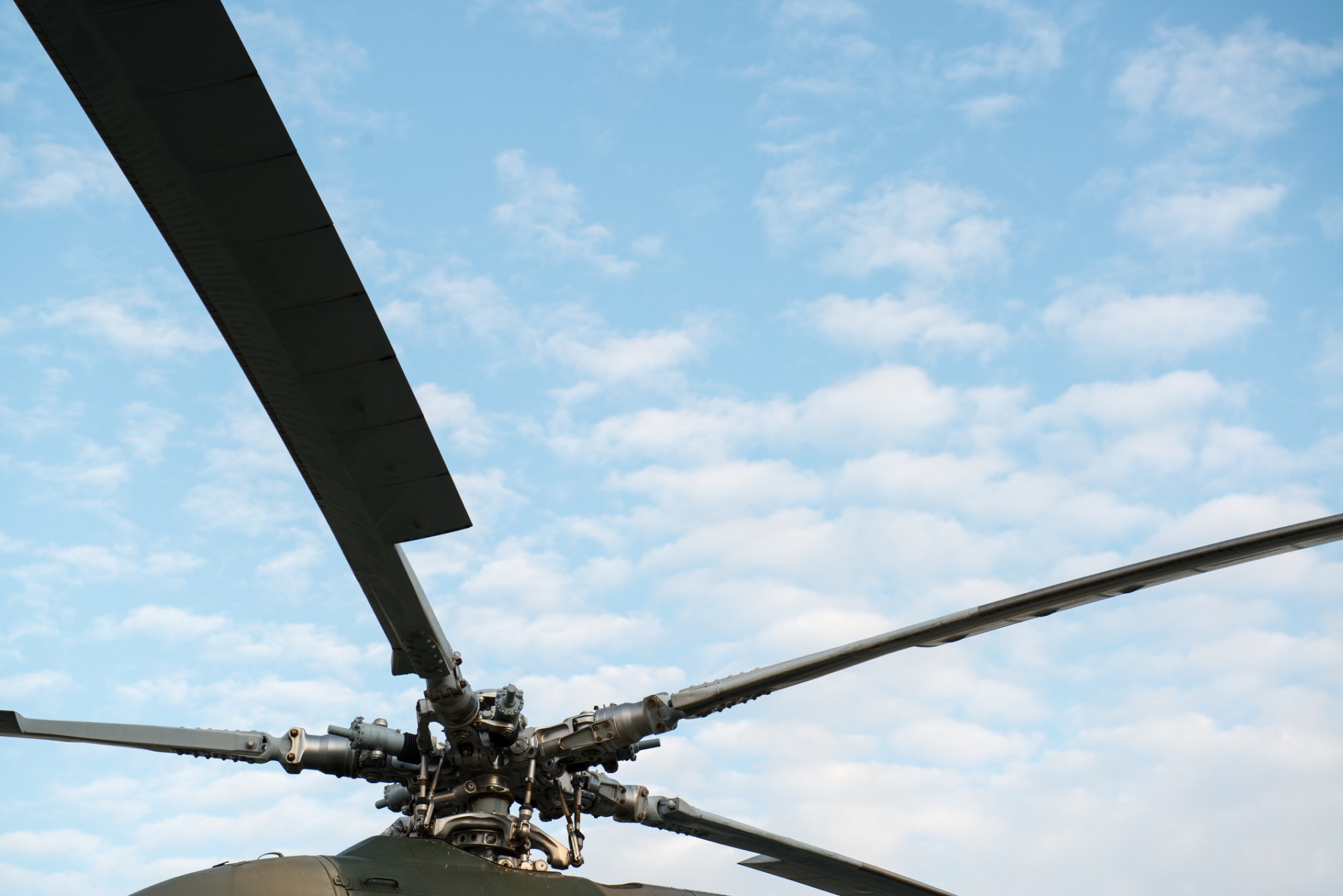WHAT ARE THE DIFFERENT TYPES OF HELICOPTER ROTOR SYSTEMS

I see different helicopters with different numbers of blades. What are the different types of rotor systems that make this possible and why?
Helicopters can have different numbers of rotor blades, and these variations are primarily due to the specific requirements of the helicopter’s design, performance, and intended use. The main types of rotor systems based on the number of blades are:
Single Main Rotor: This is the most common configuration, where the helicopter has one large rotor mounted on top. The rotor may have two to five blades, with three or four being the most common. Single main rotor helicopters typically have a tail rotor or a fenestron (enclosed tail rotor) to counteract the torque produced by the main rotor.
Tandem Rotor: In this configuration, the helicopter has two main rotors mounted on top of each other, usually with three blades each. Tandem rotor helicopters, like the Boeing CH-47 Chinook, are known for their lifting capacity and stability, especially in heavy lift operations.
Coaxial Rotor: These helicopters have two rotors mounted one above the other on the same axis, with each rotor turning in opposite directions to counteract torque. Each rotor typically has two or three blades. Coaxial rotor systems, seen in helicopters like the Kamov Ka-52, offer improved lift efficiency and maneuverability.
Side-by-Side Rotor: This configuration features two main rotors mounted side by side on the same axis, with each rotor turning in opposite directions to cancel out torque. Helicopters with this design, such as the Chinook CH-46, are known for their lifting capacity and stability.
Quadcopter: While not a traditional helicopter, quadcopters are rotorcraft with four rotors arranged in a square configuration. Each rotor can have two or more blades. Quadcopters are popular for their maneuverability and stability, and they are widely used in unmanned aerial vehicles (UAVs) and drones.
The choice of rotor system depends on various factors such as the desired performance characteristics (e.g., speed, maneuverability, lifting capacity), operational requirements, and design trade-offs related to complexity, cost, and maintenance. Different rotor systems offer unique advantages and trade-offs in terms of efficiency, stability, agility, and payload capacity, allowing helicopters to be tailored to specific missions and operating conditions.
